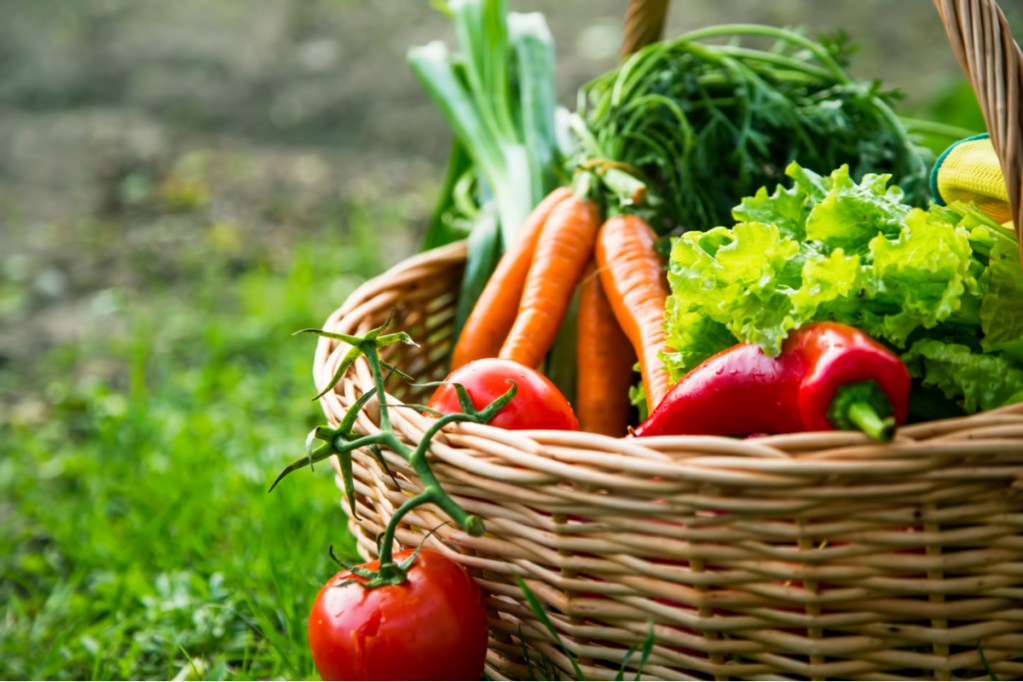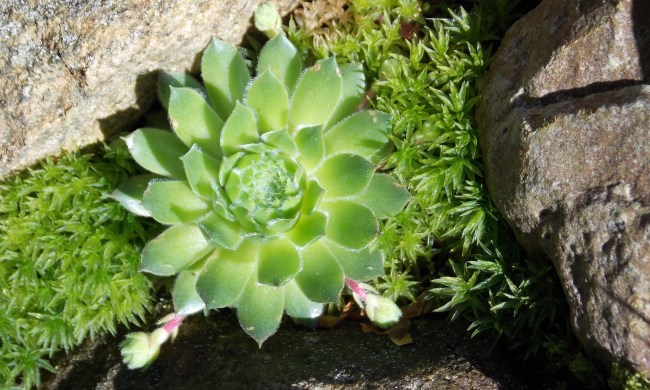Spring is here, and with it comes a wave of new and exciting gardening trends. Some are old trends seeing a resurgence and others will be coming into popularity for the first time. When planning your next garden, knowing the trends can offer inspiration and guidance. If you want to stay ahead of the curve, you’ll need to know what trends to expect. Luckily, Axiom releases market research each year in which it examines trends in gardening and horticulture spaces. To help you understand this year’s findings, we’ve put together this guide to 2025’s expected spring gardening trends
Victory gardens

When Axiom surveyed gardeners about their gardening goals for 2025, many of the top responses involved planting or expanding an edible garden. Many gardeners said they wanted to grow vegetables, plant fruit trees, and increase the variety of fruits and vegetables they were growing. Gardeners also reported concerns over budgeting. All this, combined with the rising grocery store prices means we’re in the perfect place for a resurgence of victory gardens.
Victory gardens were first seen during World War I, when they were used to supplement wartime rations and keep people’s spirits up. You can grow your own by planning a garden full of your favorite fruits, vegetables, herbs, and even flowers. This is also a great choice for a community garden if you’re interested in connecting with your neighbors.
Patio projects

Patio projects are another top response from the survey, so you can expect to see a wave of those (especially as the weather warms up and people begin spending more and more time outdoors). Building a new deck or patio and fixing up an old one are both likely to be popular, and we’re probably going to see some interesting ideas for improving patios without breaking the bank as well.
Patio gardens are another spring gardening trend that you can expect this year, alongside new, improved, or DIY patio furniture and outdoor lighting arrangements. Raised garden beds and container gardens for patios are yet another option. We expect to see more gatherings and get-togethers this year as people focus on their families and communities, so improving your outdoor gathering spaces to take advantage of the warm weather is a great idea.
Vertical gardens

In addition to gardening for food and improving outdoor spaces, one of the trends Axiom predicted for this year is aesthetic improvements. Now, one could argue that most types of gardening increase curb appeal, but one common response really speaks to this goal — vertical gardens and trellises.
While you can grow some common fruits and vegetables on a trellis, they are often used to create stunning displays of flowers while conserving space. Fences, archways, and wall gardens can all be loaded up with vining flowers like morning glories, climbing roses, and clematis flowers. Larger trellises can even be home to multiple types of flowers at once for a truly amazing garden display. However, since you can place them against a wall or over a pathway, you don’t need as much room to grow these plants as you typically would.
Natural gardens

Concerns over the environment are another thing on the rise, so it makes sense that natural gardens are seeing an increase in popularity as well. Natural gardens can take many forms (and they’re another great way to increase the curb appeal of your home). Pollinator gardens are one of the most popular forms of natural gardens, especially since native wildflowers are great for pollinators and are easy to grow and maintain. Depending on where you live, a natural garden that fits your ecosystem might also be a rock garden or a drought-tolerant garden full of desert plants.
Flowering trees and shrubs offer shelter for birds and other types of wildlife, and they can even be a great source of native fruits and berries for your victory garden! You can also incorporate some more natural and sustainable gardening methods, such as no-dig gardening, into your routine. If you want to start preparing for a natural garden of your own, the best place to start is by looking up a list of plants native to your region.
Keep an eye out for these spring gardening trends, and start planning your own gardens accordingly. Whether you want to stay on top of the trends or rebel against them, it’s good to know what’s popular with others. After all, that’s what much of the gardening advice and many of the gardening products will be geared toward. Of course, if you’d rather forget all about the trends and just keep gardening like you always have, that’s perfectly fine, too. The most important thing about your garden is that you enjoy it.




